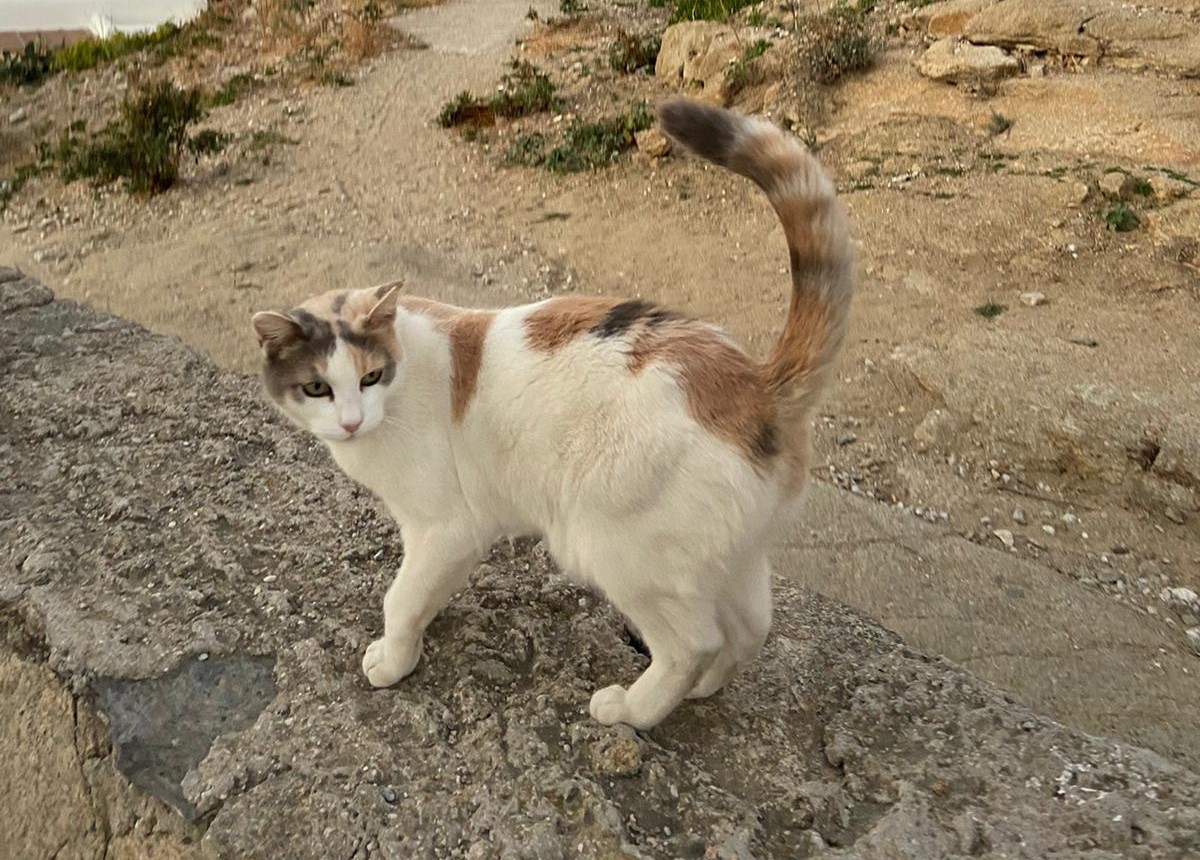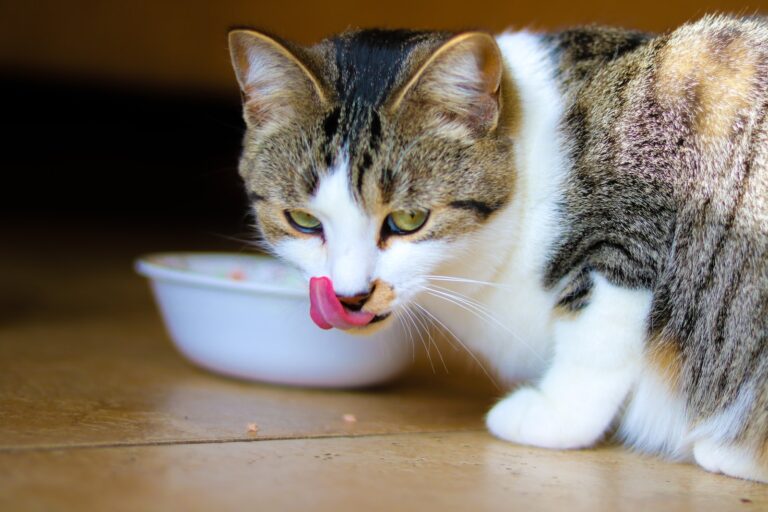Are cats really loners?
Cats are often stereotyped as solitary creatures, but the reality is more nuanced. While they do exhibit independent behavior, labeling them as loners overlooks their complex social interactions and varied personalities. Let’s delve into this topic further to explore whether cats are truly loners or if there’s more to their social dynamics.
The Myth of the Loner Cat
The image of a solitary cat prowling the night streets, aloof and independent, is a common one. This perception stems from several factors:

Feline Independence: Feline independence is a hallmark trait that distinguishes cats from many other domesticated animals, particularly dogs. This independence is evident in several key aspects of their behavior, highlighting their self-sufficiency and adaptability as solitary hunters. Let’s delve deeper into how cats demonstrate their independence through grooming, litter box use, and self-entertainment.
Grooming Mastery
One of the most striking demonstrations of feline independence is their impeccable grooming habits. Cats are meticulous self-groomers, spending a significant portion of their day licking and cleaning their fur. This behavior not only keeps them clean but also helps regulate body temperature and distribute natural oils for healthy skin and coat.
Unlike dogs that may require regular baths and grooming sessions from their owners, cats are largely self-sufficient in maintaining their hygiene. Their rough tongues act like natural brushes, removing dirt, debris, and loose fur. This grooming routine is not just about cleanliness but also serves as a form of relaxation and self-care for cats.
Litter Box Proficiency
Another aspect of feline independence is their ability to use litter boxes effectively. Cats are naturally inclined to bury their waste, a behavior inherited from their wild ancestors. This instinctual behavior makes litter box training relatively straightforward for most cats, especially if introduced to the litter box early in life.
Unlike dogs that often need to be taken outside for bathroom breaks, cats can comfortably relieve themselves indoors in a designated litter box. This convenience makes them well-suited for indoor living environments and adds to their reputation for independence from constant human intervention.
Self-Entertainment Skills
Cats are masters of self-entertainment, capable of keeping themselves occupied for extended periods. Their agility, curiosity, and predatory instincts drive them to explore their surroundings, play with toys, and engage in hunting-like behaviors.
From batting at dangling strings to pouncing on imaginary prey, cats create their entertainment opportunities. This innate ability to entertain themselves not only provides mental stimulation but also reduces dependency on constant human interaction for enrichment..
Semi-Solitary Behavior: Semi-solitary behavior is a characteristic trait observed in certain cat species, particularly in the wild. This behavior, often associated with hunting and territorial instincts, influences how these cats interact with their environment and other individuals of their species. Understanding this aspect of feline behavior helps shed light on why domestic cats are sometimes perceived as solitary creatures.
Wild Cat Behavior: The Solitary Hunters
In the wild, several cat species exhibit semi-solitary or solitary behavior as part of their survival strategy:
Tigers: One of the most iconic examples is the tiger, known for its solitary lifestyle. Tigers establish and defend large territories, primarily for hunting purposes. Solitude allows them to avoid competition for food and resources within their territory.
Leopards: Similar to tigers, leopards are solitary hunters that rely on stealth and ambush tactics. They also defend territories and avoid direct confrontation with other leopards except during mating or territorial disputes.
Cougar: The cougar, also known as the mountain lion or puma, is another solitary cat species. Cougars roam vast territories, hunting alone and minimizing interactions with other individuals except during mating season.
Domestic Cat Behavior: Reflections of Wild Ancestry
The semi-solitary behavior observed in wild cat species can influence the behavior of domestic cats in several ways:
Territorial Instincts: Domestic cats retain their ancestors’ territorial instincts to some extent. They may mark their territory with scent markings and exhibit defensive behavior when their territory is threatened.
Hunting Instincts: Domestic cats, despite having access to regular meals, often display hunting behaviors such as stalking, pouncing, and playing with prey-like toys. This instinctual behavior reflects their ancestral hunting strategies.
Social Flexibility: While domestic cats are capable of forming social bonds with humans and other animals, they also value their independence. They may seek companionship on their terms, displaying a balance between social interaction and solitary moments.
Perceptions of Domestic Cats as Solitary Creatures
The semi-solitary behavior of wild cat species can contribute to the perception that domestic cats are solitary creatures. This belief is reinforced by observations of cats spending significant time alone, engaging in solitary play, and displaying territorial behaviors within their homes.
However, it’s essential to recognize that domestic cats’ social behavior is more nuanced than mere solitude. They are capable of forming bonds with humans, other cats, and even non-feline companions. Their social needs and interactions vary based on factors such as genetics, early socialization, and environmental stimuli.Selective Socialization: Cats often choose when and how they interact with humans and other animals, leading to the impression of aloofness.
The Truth About Cat Socialization
Despite these perceptions, cats are not inherently loners. They are social animals that form complex relationships with other cats, humans, and even other species. Here are some aspects of cat socialization that challenge the loner myth:
Territorial Behavior: Cats are territorial animals, and their social interactions are influenced by this trait. They may establish territories and interact with other cats based on territorial boundaries.
Social Hierarchies: In multi-cat households or communities, cats establish hierarchies and engage in social behaviors such as grooming, playing, and sharing resources.
Bonding with Humans: Cats can form strong bonds with their human caregivers. They seek companionship, affection, and interaction, although they may express it differently from dogs.
Communication and Body Language: Cats communicate using vocalizations, body language, and scent marking. They use these signals to establish social connections, resolve conflicts, and express emotions.
Factors Influencing Cat Socialization
Several factors influence how social a cat is:
Early Socialization: Kittens that are exposed to positive social experiences during their early weeks are more likely to be sociable and adaptable later in life.
Genetics: Breed and individual genetics can influence a cat’s temperament and social behavior. Some breeds are known for being more sociable and outgoing than others.
Environment: The environment plays a significant role in shaping a cat’s social behavior. A safe, enriching environment encourages social interaction, while stress or lack of stimulation can lead to withdrawal.
Life Stage: Cats’ social needs and behaviors can change throughout their life stages. Kittens are often more playful and social, while older cats may prefer quieter interactions.
Cats are not inherently loners but rather social animals with complex social structures and behaviors. While they may exhibit independence and selective socialization, they form bonds with other cats, humans, and even other animals. Understanding and respecting their social needs can enhance the well-being and happiness of our feline companions.






